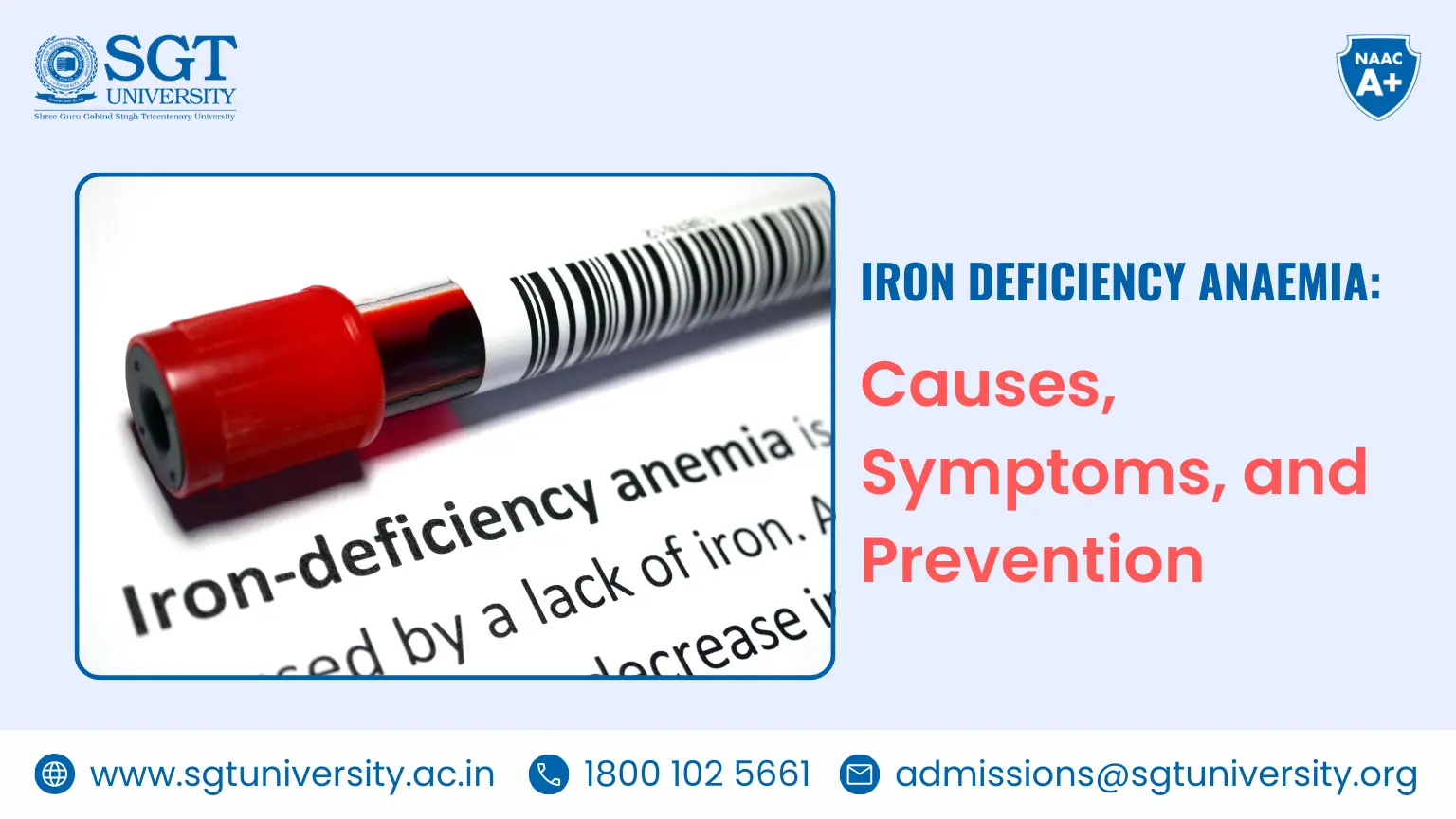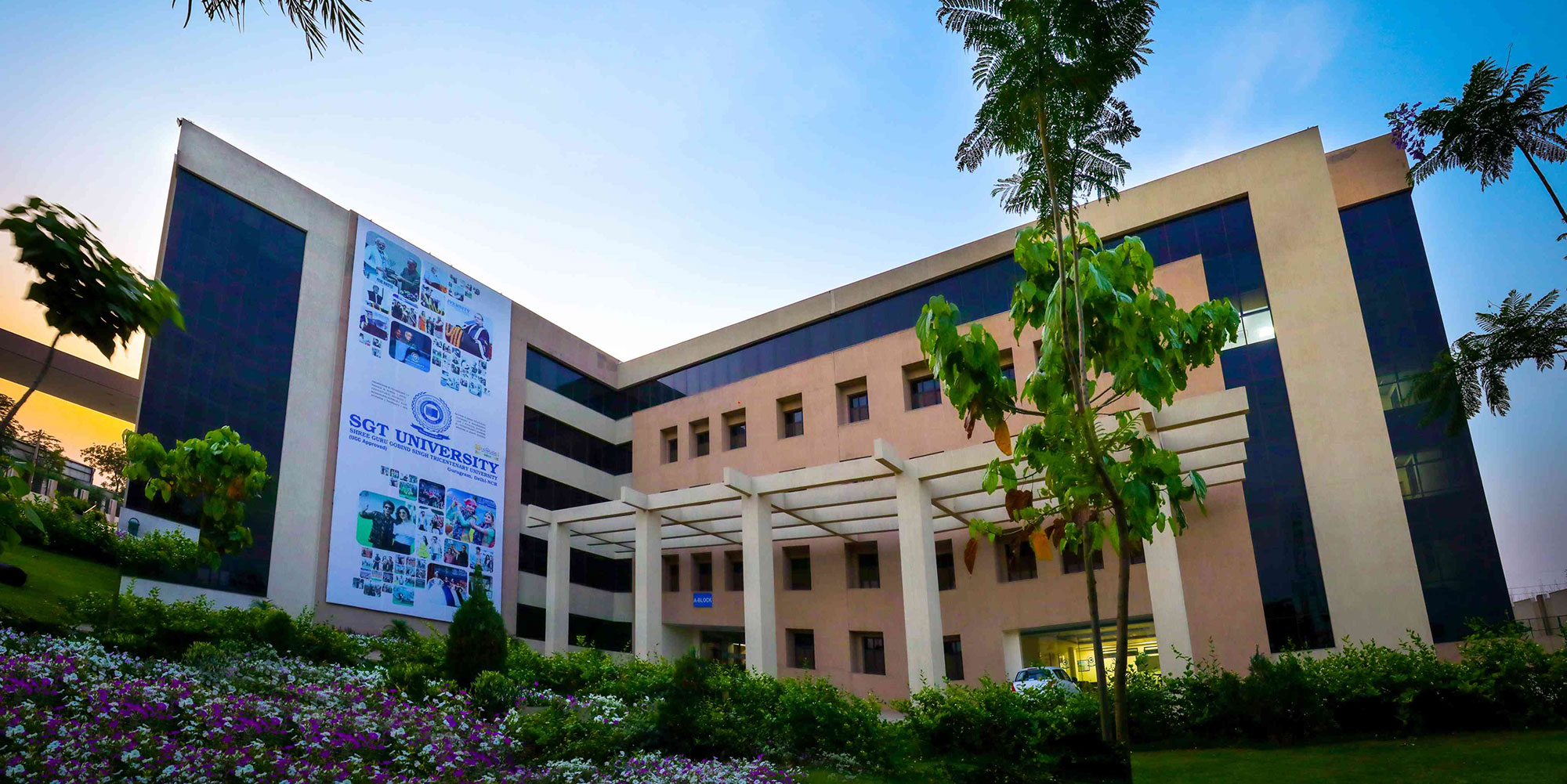Iron Deficiency Anaemia: Causes, Symptoms, and Prevention
Updated on: May 14, 2024

Discover the prevalence and impact of iron deficiency anaemia globally and in India, with insights from Dr. Jyoti Goyat, Assistant Professor of Nutrition & Dietetics. Learn about symptoms, daily iron requirements, and how to prevent anaemia through diet.
Abstract
Iron deficiency anaemia is a prevalent global health issue, affecting over a quarter of the world's population. In India, the problem is particularly acute, with more than half of children, non-pregnant, and pregnant women suffering from anaemia. The primary cause of anaemia worldwide is iron deficiency, although other factors such as deficiencies in micronutrients like B12, Vitamin-A, and folate also contribute. Iron is essential for various bodily functions, including the production of haemoglobin in red blood cells, which transport oxygen throughout the body. Depletion of iron stores can lead to a range of symptoms, including fatigue, shortness of breath, weakness, and even unusual cravings. This article explores the recommended daily iron intake across different age groups and genders, as well as strategies for preventing iron deficiency through dietary choices and optimizing iron absorption.
Introduction
Anaemia poses a significant public health challenge globally, with iron deficiency being identified as its primary cause. This paper sheds light on the prevalence of anaemia, particularly in India, where a large proportion of the population, including children and women, is affected. Iron plays a crucial role in supporting growth and development, underscoring the importance of adequate iron intake. The recommended daily allowances of iron vary across age groups and genders, reflecting the diverse nutritional needs of different demographics. By understanding the sources of dietary iron and factors influencing its absorption, individuals can take proactive steps to prevent or address iron deficiency anaemia.
Iron Deficiency Anaemia
Anaemia is a major public health concern globally. Over 25% of world population is found to be anaemic. In India, the scenario is even more worrisome as more than 50% of the children, non-pregnant and pregnant women are being affected by anaemia. The most common reason of anaemia in the world is found to be iron deficiency. Other contributors are micronutrient deficiencies such as B12, Vitamin-A and Folate. Iron plays vital role in the growth and development of children. Our body uses iron for the haemoglobin production in red blood cells and blood carries oxygen to all over the body. Hence depletion of the iron stores will land up to fatigue, shortness of breath, weakness, restless leg syndrome, poor concentration and memory, heart palpitations, headaches, dry skin, brittle nails and unusual cravings for dirt, paper, chalks etc. There is a daily recommended allowance of this mineral as per the age, gender and physiological conditions such as pregnancy.
Daily Recommended Allowance of Iron
Age Group/gender |
Requirements (mg/d) |
|---|---|
| Infants (0-6 months) | 46 µg/kg/d |
| Infants (6-12 months) | 5 |
| Children (1-3 years) | 9 |
| Children (4-6 years) | 13 |
| Children (7-9 years) | 16 |
| Boys 10-12 years | 21 |
| Girls 10-12 years | 27 |
| Boys 13-15 years | 32 |
| Girls 13-15 years | 27 |
| Boys 16-17 years | 28 |
| Girls 16-17 years | 26 |
| Man | 17 |
| Woman | 21 |
| Pregnant Woman | 35 |
| Lactating Woman (0-12 months) | 21 |
One could prevent this mineral deficiency by eating right kind and amount of iron rich foods in daily diet. Iron is present in foods in two forms: haem iron and non-haem iron. Haem iron is present in more absorbable form in animal origin foods such as eggs, red meat, poultry and pork. Whereas non-haem iron is present in plant origin foods and not as easily absorbed by body but is still considered as a decent source of iron and is an essential source for vegetarians. Plant origin iron rich foods include spinach, green peas, broccoli, beetroot, lotus stem, moringa leaves, pumpkin seeds, quinoa, foxnut, jaggery, dark chocolate, nuts, dried fruit, pomegranate, legumes like kidney beans, lentils, chickpeas, oats, tofu, whole bread pasta and breakfast cereals, also nowadays a range of iron fortified products are available in the market.
Absorption of iron that we eat is again a matter of concern for all. It’s really important to have a check on it, to increase the absorption of iron you can combine iron rich foods with the high vitamin-A, beta carotene and vitamin-c content foods such as, amla, citrus fruits, lemon they will increase the iron absorption in the body. In addition to this, consuming animal origin sources of iron along with plant sources may enhance the non-haem iron absorption.
There are some anti-nutritional factors present in outer layer of grains and beans such as phytates which may hinder the absorption of non- haem iron. Calcium also likely to inhibit the absorption of both the forms of iron after binding with it. For this reason, it's best to avoid eating iron-rich sources with high calcium ones such as milk, curd, cottage cheese and other dairy products.
If you experience unusual tiredness or the other symptoms of iron deficiency, get your haemoglobin levels checked and start consuming iron rich diet for avoiding or correcting iron deficiency anemia.
Conclusion
Iron deficiency anaemia is a multifaceted health issue that demands attention at both individual and societal levels. The prevalence of anaemia, especially in vulnerable populations like children and pregnant women, highlights the urgency of addressing iron deficiency. By adhering to recommended daily allowances and adopting dietary strategies to enhance iron absorption, individuals can safeguard their health and well-being. Moreover, public health interventions aimed at raising awareness about anaemia and promoting access to iron-rich foods can contribute to reducing its prevalence. Through concerted efforts, we can combat iron deficiency anaemia and improve health outcomes for populations worldwide.
Dr. Jyoti Goyat, Assistant Professor
Department of Nutrition & Dietetics

